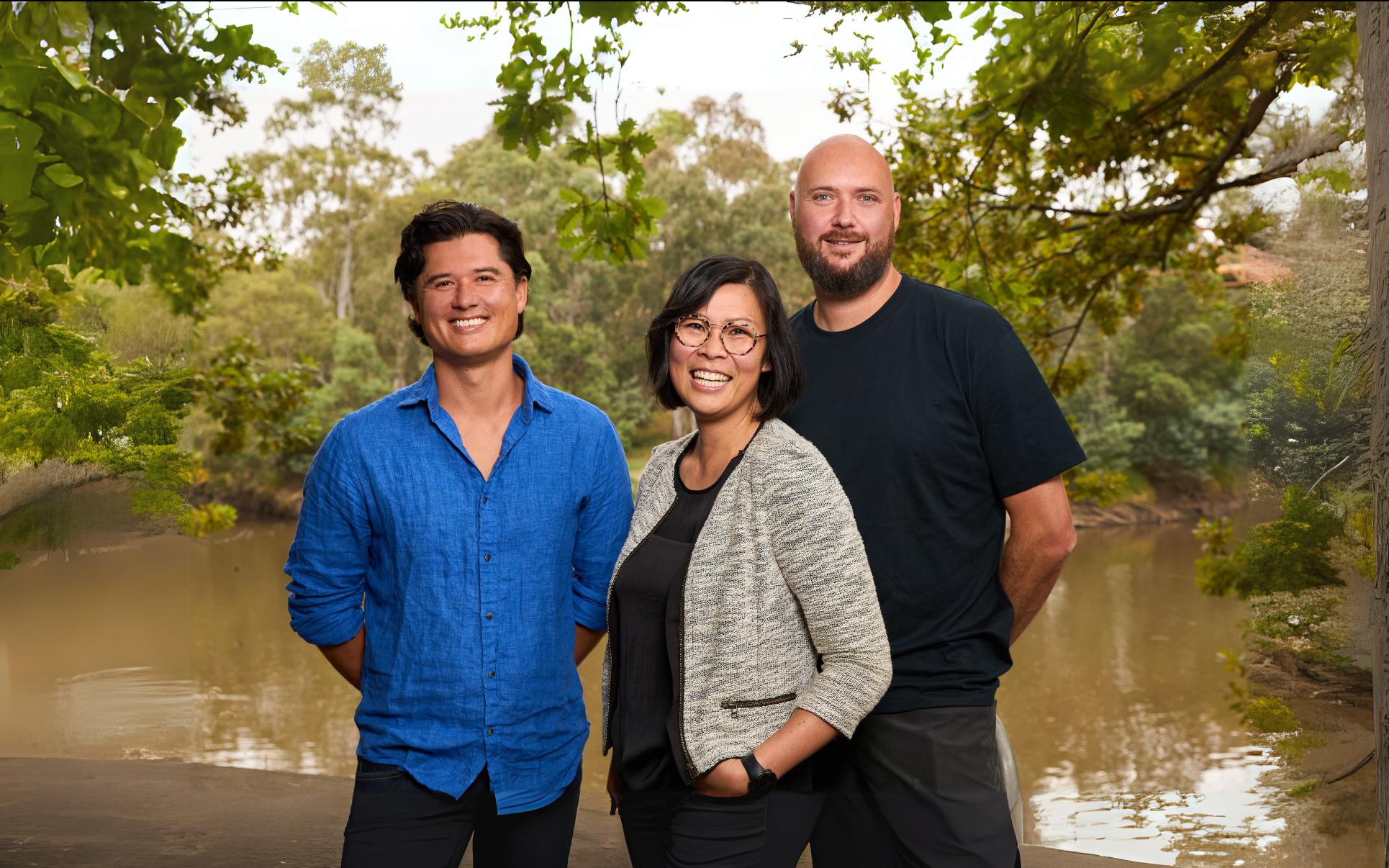This is the first edition of Giant Leap’s deep dive series, where our investment team explores the technologies and approaches addressing global problems of climate, health and people with commercial solutions. In our first deep dive on Sustainable Aviation, we share our insights on where we see the greatest opportunities and challenges toward progress.
The Problem
The path to sustainable aviation is encountering some turbulence. With Universal Hydrogen going belly up, sustainable aviation fuel (SAF) projects stalling,1 and AirNZ scrapping their interim 2030 climate targets, it’s clear the sector is struggling to navigate the challenges facing this emerging field.
The aviation sector currently contributes to 2.5% of global carbon emissions. Yet, as one of the hardest sectors to decarbonise, its contribution to global emissions could increase without urgent change. This challenge arises from the industry's struggle to develop viable low-carbon alternatives, faced with unique challenges in energy density, weight constraints, and maintaining the stringent safety standards critical to air travel.
For us Australians, our love of travel and the vast distances we need to cover mean decarbonising aviation in line with Australia’s target to achieve net zero by 2050 has greater implications than in many other countries. Despite operating below its pre-pandemic capacity, the Sydney-Melbourne flight corridor is the 5th busiest in the world, with over 9.3m seats each year,2 and generated more revenue than any other route in the world in 2023.3 According to Our World In Data, Australians emit around 267 kg of CO2e emissions each year from domestic flights alone, putting us behind only the United States for per capita domestic flight emissions. Given that the distances we travel aren’t getting any shorter and that we’re contributing more than our share to global aviation emissions, we need solutions urgently.
As the sector grapples with one of the most complex decarbonisation puzzles of our time, we explored where Giant Leap could contribute and what changes we need to see in order for the world to get there. It’s clear that there is no one technological solution for decarbonisation, and all are required.
In this piece, we focused on the type of fuel used for aircraft – SAF, hydrogen and electric – but there are many other mechanisms that will play a role in decarbonising the sector, such as improving existing aircraft designs.
Here are the five things that need to align for sustainable aviation to become a reality.
1. SAF can replace conventional jet fuel, but this requires rapidly scaling production and achieving greater cost competitiveness
Sustainable Aviation Fuel (SAF) represents the most developed path to significantly reducing aviation's carbon footprint. Its key advantage is its drop-in compatibility with existing aircraft and the ability to be easily transported and distributed through current infrastructure, allowing for immediate integration without extensive technological overhauls.
SAF currently represents a tiny fraction of aviation fuel consumption, at less than 1%. However, to achieve net-zero emissions targets by 2050, SAF usage must grow dramatically, potentially supplying 65% or more of aviation fuel needs. A significant obstacle to widespread adoption is SAF's cost, which is 2-4 times higher than conventional jet fuel. This price difference underscores the urgent need for advancements in feedstock sourcing, production efficiency, and supportive government policies to reduce SAF costs.
Biogenic SAF, derived from biomass, natural oils or fats, offers potential advantages but faces significant challenges. While it provides an opportunity to utilise diverse, locally available feedstocks, particularly in Australia, its production is constrained by limited feedstock availability and logistical issues in collection and transport as well as concerns about the potential diversion of farmland or crops from food production.
Non-biogenic SAF, or eFuel, holds extraordinary potential as it relies on abundant feedstocks such as electricity, water, and carbon dioxide. This technology is still in the earlier stages of development and requires continued innovation in energy management to achieve commercial viability in the next 10 years, but its long-term promise is undeniable.
We’re seeing major infrastructure players make investments in SAF like Brookfield, Macquarie and IFM, in addition to the oil majors like BP and Shell. This signals confidence in the scalability of SAF production and distribution, which we believe will create opportunities in adjacent areas.
2. Governments need to help advance SAF production through policy and investment
Governments play an essential role in advancing SAF production through both policy and investment support, which is needed to stimulate demand and de-risk private investments.
Governments around the world have employed different approaches. The US has adopted a tax incentive model under the Inflation Reduction Act, offering credits that could reduce SAF production costs by up to 25% by 2027. In contrast, the EU and UK have implemented blending mandates, requiring a rising percentage of SAF to be used in aviation fuels, thereby guaranteeing long-term demand. For example, the EU has mandated a 2% SAF blend from 2025, increasing to 70% by 2050. Similarly, the UK has also committed to 10% SAF by 2030, Singapore 3-5% by 2030 and Sweden 30% by 2030.
Australia is still in the process of examining the best pathways for adoption, evident in the Aviation White Paper – Towards 2050 released in late August 2024, which set the Federal Government’s long-term policy vision for the Australian aviation sector. It included commitments to industry consultation, certification schemes, access to funding under the Future Made in Australia agenda, and incentives to develop a SAF industry. While it represents a strong commitment to SAF, it is relatively cautious.
While this is progress in the right direction, there’s still a long way to go before these targets will actually see us meet the Paris Agreement goals of achieving net zero by 2050 and far more collective ambition is needed.
3. The ageing aircraft fleet will be replaced by a new generation that is more fuel efficient and compatible with SAF
In the short-to-medium term, fleet renewal will play an important role in the aviation industry's pathway to reducing emissions. Ageing aircraft are being replaced by a new generation of more fuel-efficient planes, which have historically achieved a 20% reduction in energy use compared to their predecessors. These modern aircraft leverage advancements in materials, aerodynamics, and engine technology, though such efficiency gains are expected to diminish over time as further improvements become more costly and technically challenging.
Crucially, these next-generation aircraft are designed to be compatible with SAF. While current SAF blends are limited to 50% of total fuel, aircraft manufacturers are committed to make 100% SAF-driven aircraft by 2030. This compatibility is a key stepping stone in the industry's journey towards more sustainable operations, allowing for a gradual increase in SAF usage as production scales up and becomes more cost-effective.
While fleet renewal alone won't solve aviation's emissions challenge, these efficiency improvements and SAF compatibility are important stepping stones for more sustainable air travel.
4. Advances in battery technology and the development of Advanced Air Mobility (AAM) will grow markets for electric aircraft, despite current limitations in range and capacity
Electric aircraft produce zero direct carbon emissions during flight when powered using renewable energy sources. However, current battery technology has limitations in terms of aircraft range and size, meaning that electric aircraft are presently only suitable for short-haul and regional flights. Advancing battery energy density is crucial for expanding their capabilities. While this may take several decades for long-haul flights, electric aircraft could become commercially viable for short-haul and regional routes within the next 20 to 30 years depending on technological progress and regulatory approvals.
Developments in the Advanced Air Mobility (AAM) could expand the market for certain electric aircraft if there is increased demand for short distance transportation to underserved regional, rural or urban areas, where smaller aircraft could play a role e.g. electric vertical take-off and landing (eVTOL) and electric short take-off and landing (eSTOL) aircraft.
The path will also be cleared if limitations posed by air traffic control fall away, with the Australian Federal and Victorian governments having made a long-term commitment to developing the AAM industry. Some of the recent changes in the law have enabled pilot programs such as DoorDash & Wing delivering food via drones in Melbourne.
5. Long-term investment in hydrogen infrastructure and technology could make hydrogen-powered aircraft a viable solution for sustainable aviation
Hydrogen-powered aircraft hold immense potential for long-range travel, but we still face substantial hurdles in getting there. The development of this hydrogen propulsion technology is a complex process requiring extensive research & development, testing, and certification. With the current state of the market, commercialisation is still potentially a decade away due to the significant demands of sustained capital investment with limited revenue opportunities along the way.
Furthermore, commercialising hydrogen-powered aircraft requires substantial investment in global airport hydrogen refuelling infrastructure. This infrastructure is virtually non-existent, with only a handful of pilot facilities worldwide. To achieve widespread adoption, there must be a significant reduction in infrastructure costs, substantial financing secured from both public and private sources, as well as airports adopting hydrogen technology e.g. via financial incentives, government support, and partnerships with energy companies. This interdependence between aircraft technology and hydrogen supply chains adds complexity, requiring coordinated progress in both areas.
Looking ahead
The future of sustainable aviation relies upon the successful development and integration of multiple technologies. SAF offers the most immediate path to decarbonisation due to its compatibility with existing aircraft and infrastructure, but faces barriers like high costs and limited feedstocks and will require further technological advancements and fleet upgrades before it can deliver zero carbon aviation. While electric and hydrogen-powered aircraft present really promising long-term solutions, their widespread adoption is still years away, requiring advances in technology and infrastructure.
It’s the combined potential of these technologies, supported by industry stakeholders, policymakers, and investors, that will ensure that sustainable aviation can transition from ambition to reality, paving the way for a cleaner, more efficient future in air travel.
--
Sources:
- BP, 2024; Shell, 2024.
- Sydney Morning Herald, 2023.
- AFR, 2023.


.JPG)



%20-%20Edited.jpg)

